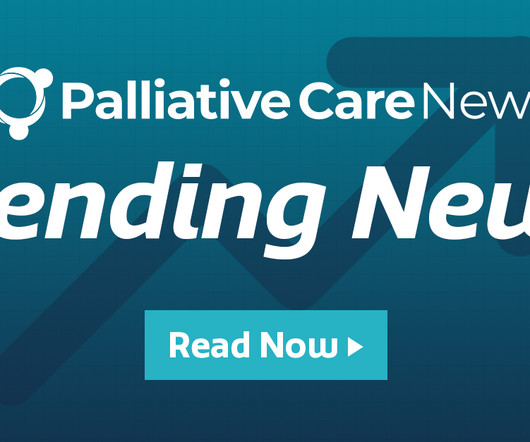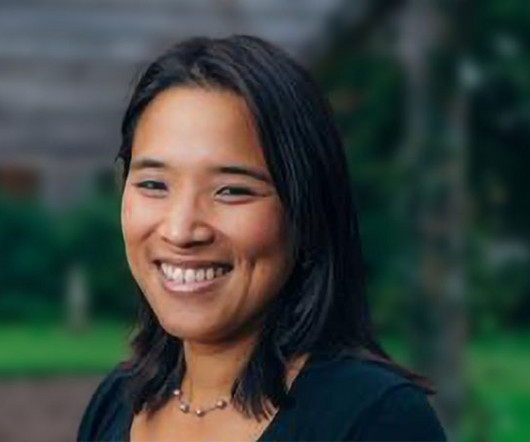Inside agilon health’s Palliative Care Game Plan
Hospice News
FEBRUARY 7, 2024
We can bring powerful data and care pathways. We can co-invest in resources, whether they’re nurses, care managers, social workers. We also can help them create risk sharing contracts with palliative care organizations. But as agilon, we don’t provide the care ourselves.














Let's personalize your content